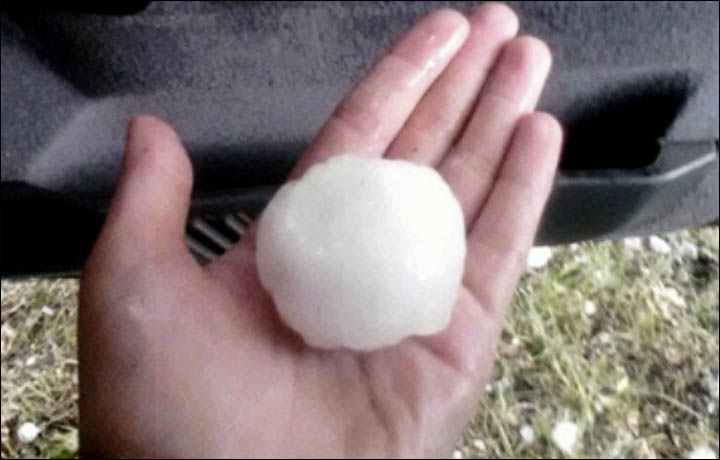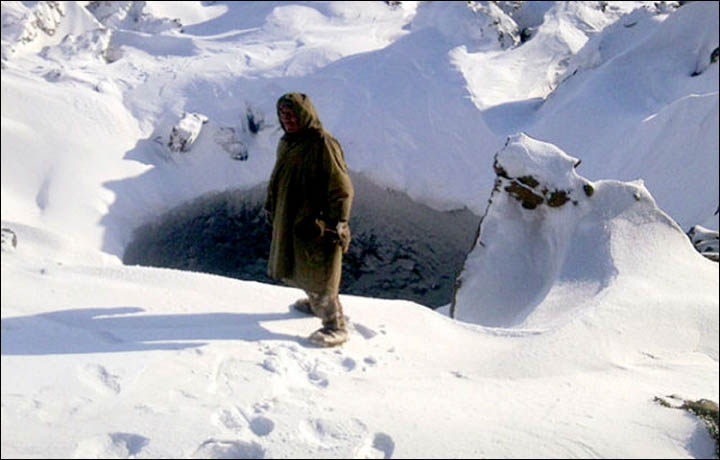OF THE
TIMES



Q: (Data) I would like to ask about this hole that opened up in Siberia that makes like a sinkhole that also has ejected material around. What caused this hole?
A: Gases exploding within the earth. We told you that an infinitesimal slowing of the earth rotation would cause things to "open up". Expect more of that in future as well. You did not ask what sparked the "explosion"? We can tell you to once again think of greater current flow.
Q: (L) So an electrically sparked inner earth explosion. That's creepy!
(Pierre) Earth opening up, gas released, and more electric current discharged.
(Perceval) I wonder could that be caused by a lightning strike, for example?
A: Yes.
Q: (L) So a lightning strike could strike the earth, and if the gas was within a...
(Pierre) These crazy fires everywhere... Gas, lightning, fireball, boom boom.
(Kniall) Did something like this happen in Harlem? There was a gas explosion in a building, and then the appearance of a sinkhole. It could have been the same kind of thing.
(L) Remember some time ago we asked about all the fires, and they talked about electrical sparking or something then? Even back then. It's not all necessarily fireballs.
(Perceval) They said that all those fires in like frozen land with scrub and bogs was gas.
(L) It's freakin' gas being released, and sparks.
Comment: For "good, up-to-the-minute knowledge of what's going on in space" [and earth] the team should read Pierre Lescaudron and Laura Knight-Jadczyk's new book, which offers plenty of explanations from the winning Electric Universe model. By demystifying phenomena such as how lightning, earthquakes and meteors generate electrophonic sounds, through disruptions of the geomagnetic field and the emissions of VLF, these and many other not commonly acknowledged interactions of our plasma rich universe are objectively explained.